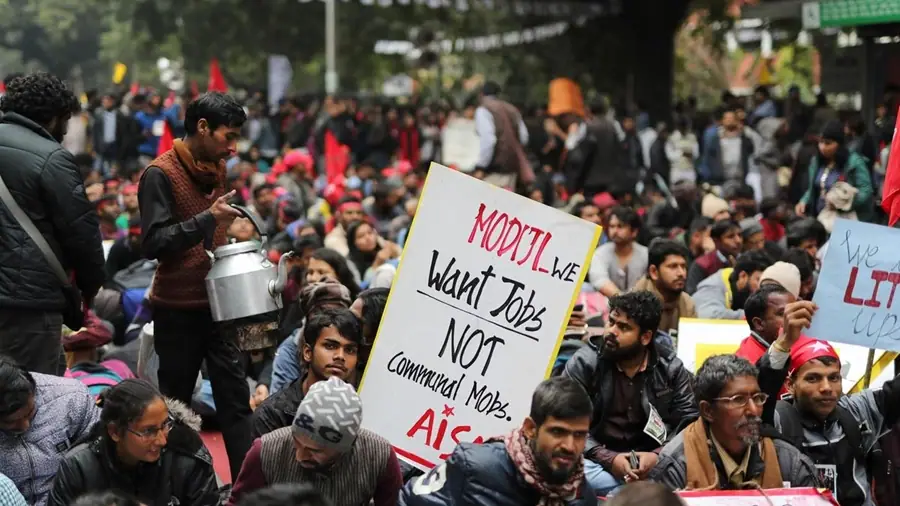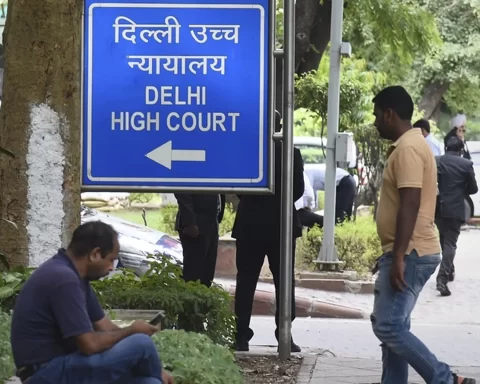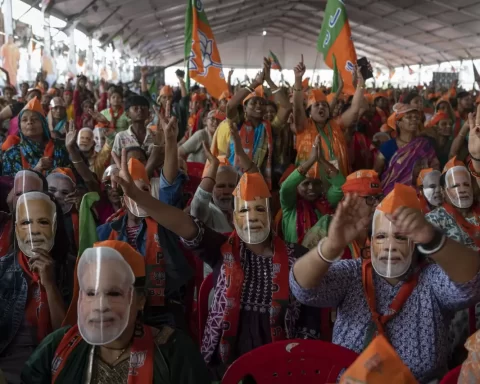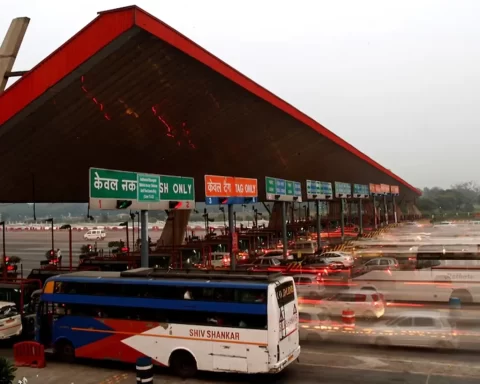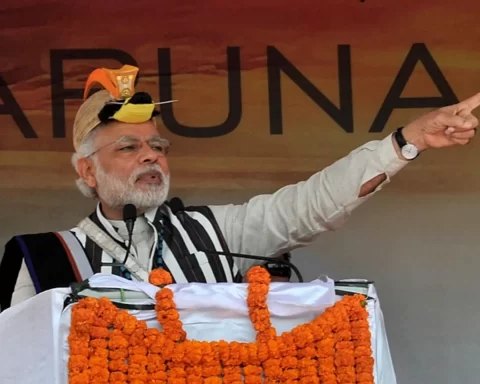New Delhi, Oct 10 (PTI) India’s unemployment rate for persons aged 15 years and above was recorded at a six-year low of 3.2 per cent during July 2022-June 2023, as per the Periodic Labour Force Survey Annual Report 2022-2023 released by the National Sample Survey Office.
Joblessness or unemployment rate is defined as the percentage of unemployed persons in the labour force.
Considering the importance of the availability of labour force data at more frequent time intervals, the NSSO launched the Periodic Labour Force Survey (PLFS) in April 2017.
The reference period here is from July 2022 to June 2023. The Unemployment Rate (UR) in usual status for persons of age 15 years and above at the all-India level came down to 3.2 per cent in 2022-23 from 4.1 per cent in 2021-22.
The UR was 4.2 per cent in 2020-21, 4.8 per cent in 2019-20, 5.8 per cent in 2018-19 and 6 per cent in 2017-18, showed the PLFS data released on Monday.
The usual status means that the employment (status of a person) is determined based on the reference period of 365 days preceding the date of the survey.
The statement on the data said that 2022-23 refers to the period of July 2022 to June 2023 and likewise for 2021-22, 2020-21, 2019-20, 2018-19 and 2017-18.
“In rural areas, UR decreased from 5.3 per cent in 2017-18 to 2.4 per cent in 2022-23 while for urban areas it decreased from 7.7 per cent to 5.4 per cent. The UR for male in India decreased from 6.1 per cent in 2017-18 to 3.3 per cent in 2022-23 and corresponding decrease in UR for females was from 5.6 per cent to 2.9 per cent,” it stated.
The survey also showed that the Labour Force Participation Rate (LFPR) in usual status for persons of age 15 years and above increased to 57.9 per cent from 49.8 per cent in 2017-18.
The LFPR is defined as the percentage of persons in the labour force — working or seeking or available for work — in the population.
“In rural areas, LFPR increased from 50.7 per cent in 2017-18 to 60.8 per cent in 2022-23 while for urban areas it increased from 47.6 per cent to 50.4 per cent. The LFPR for male in India increased from 75.8 per cent in 2017-18 to 78.5 per cent in 2022-23 and corresponding increase in LFPR for female was from 23.3 per cent to 37.0 per cent,” it stated.
The Worker Population Ratio (WPR) in usual status (ps+ss) for persons of age 15 years and above also increased to 56 per cent in 2022-23 from 46.8 per cent in 2017-18.
The WPR is defined as the percentage of employed persons in the population.
“In rural areas, WPR increased from 48.1 per cent in 2017-18 to 59.4 per cent in 2022-23 while for urban areas it increased from 43.9 per cent to 47.7 per cent. The WPR for male in India increased from 71.2 per cent in 2017-18 to 76.0 per cent in 2022-23 and the corresponding increase in WPR for female was from 22.0 per cent to 35.9 per cent,” it stated.
Five Annual Reports are brought out on the basis of the data collected in PLFS during July 2017-June 2018, July 2018-June 2019, July 2019-June 2020, July 2020-June 2021 and July 2021-June 2022.
Now the sixth annual report has been brought out by the NSSO on the basis of the Periodic Labour Force Survey conducted during July 2022-June 2023.
“The field work for the collection of information in respect of the samples, allotted for the period of July 2022-June 2023, was completed timely for the first visit as well as revisit samples, except for 51 first visit and 68 revisit FSUs for the state of Manipur, allotted in the last quarter, April-June 2023, which were treated as casualties, due to disturbed field situation and unavailability of internet services,” the report said.

